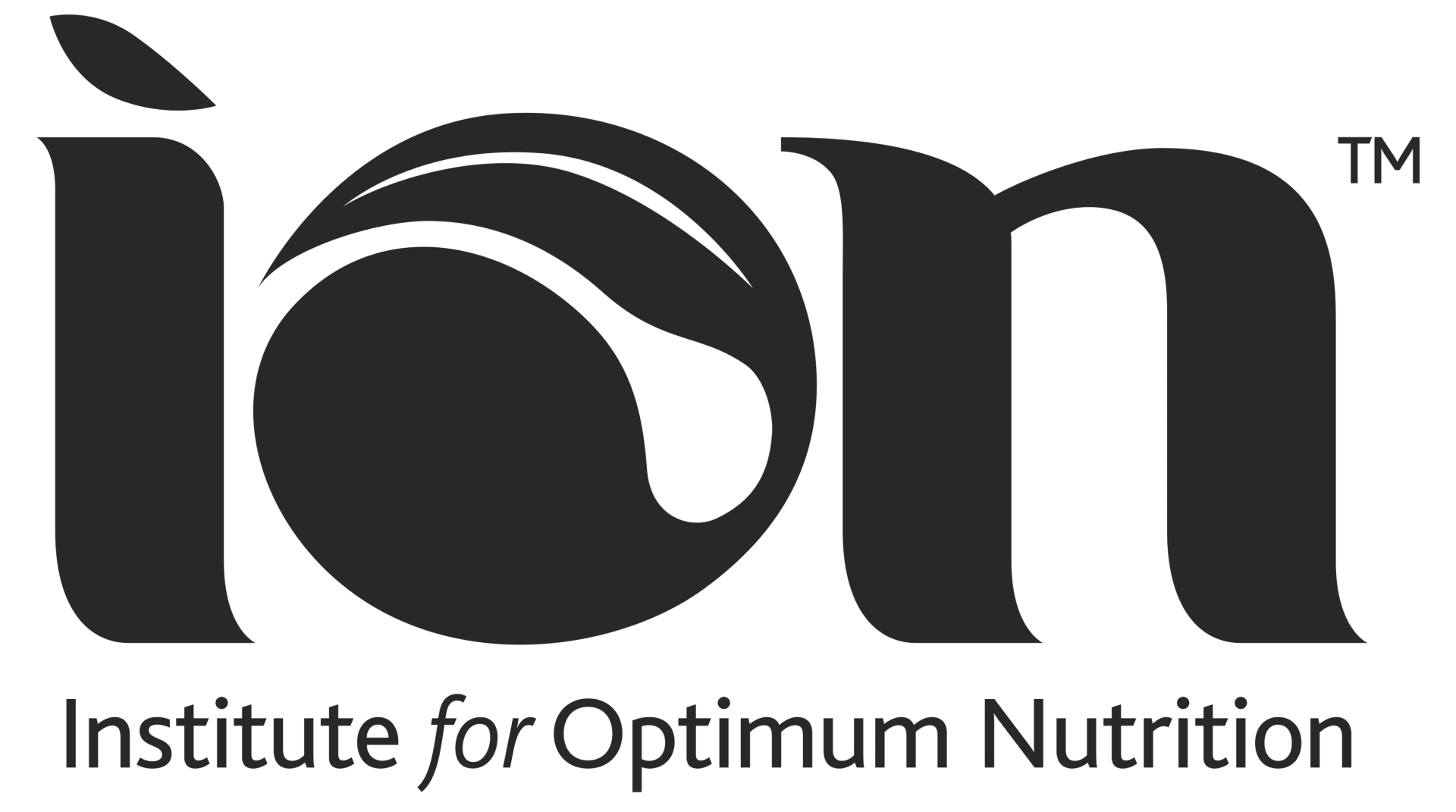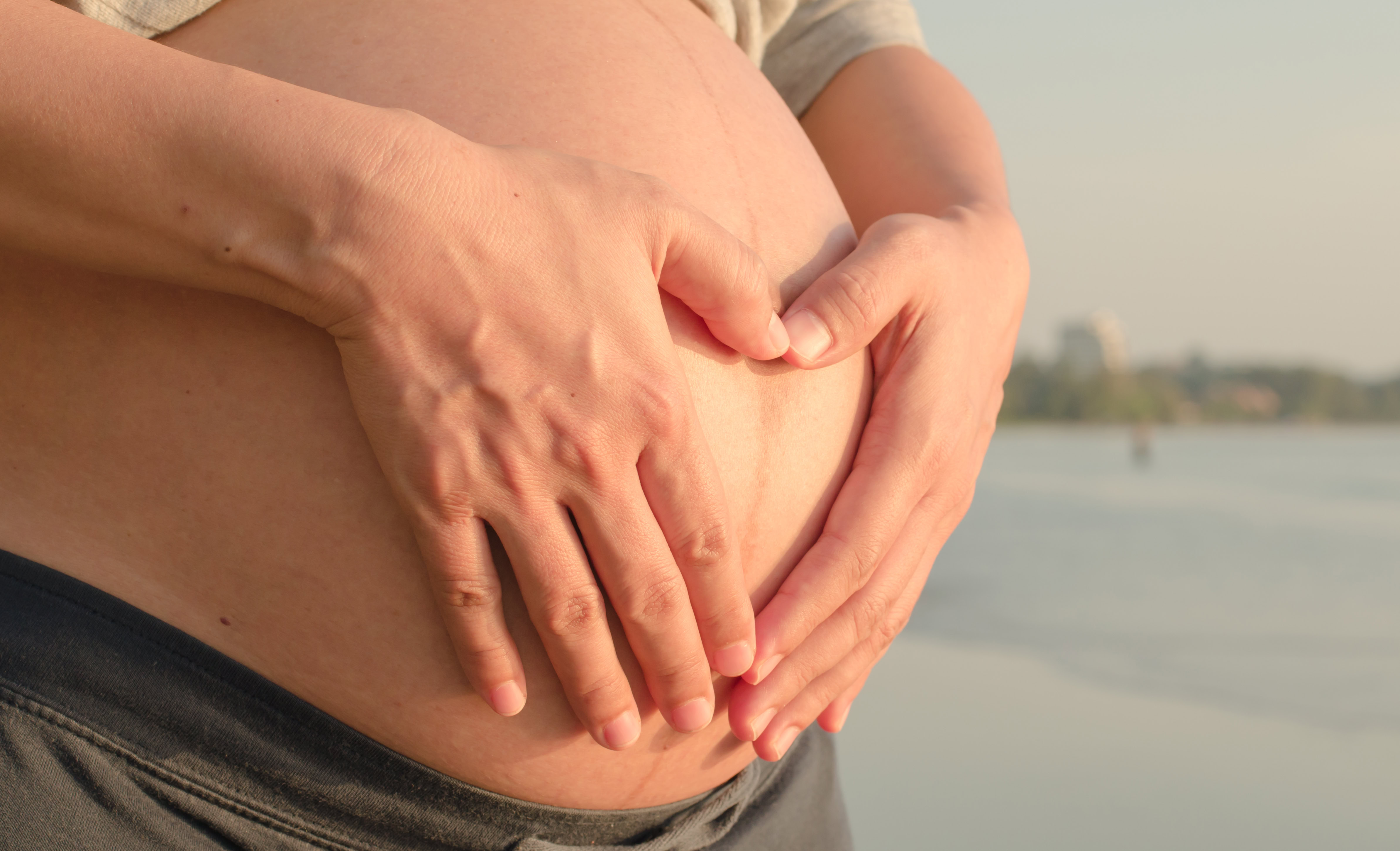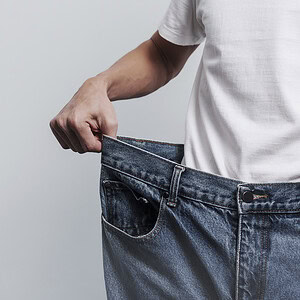Prenatal exposure to phthalates – chemicals widely used in consumer products such as food packaging, cosmetics, household furnishings and plastic toys – may be linked to impaired motor function in girls, according to a study published in Environment International.
Scientists at the Columbia Center for Children’s Environmental Health, USA, found a significant decrease in fine-motor functions in girls, but not boys, following exposure to high levels of phthalate metabolites. The three phthalates most linked to the deficits were mono-butyl phthalate (MBP), mono-benzyl phthalate (MBzP), and mono-isobutyl phthalate (MiBP) – none of which are metabolites of the most common category of phthalates, di-2-ethylhexyl phthalates (DEHP). The study measured seven phthalate metabolites in maternal spot urine obtained during the third trimester of pregnancy; motor function was assessed at age 11. 209 mother-child pairs were included in the analysis.
Senior author Pam Factor-Litvak, PhD, professor of epidemiology, said: “There [is] a growing awareness of the problem of plastics, which are destructive to animal life and ecosystems. In this study, we have found new evidence that phthalates – chemicals commonly used in cosmetics and plastics – are harmful to children’s health. Girls with deficits in fine motor skills may have difficulty with their schoolwork, particularly related to problems writing and using electronic devices. They may also have problems with hand-eye coordination.”
Phthalates are easily released from plastics into the environment and are absorbed mainly through contaminated food (from food packaging) and inhaled air (e.g. from air fresheners, perfumes, etc.), and through the skin (e.g. from personal care products). They also cross the blood-placenta barrier and are associated with a number of detrimental effects, such as shortened gestational age, decreased male reproductive development, and deficits in cognitive function and behavioural outcomes.
Reference:
-
https://doi.org/10.1016/j.envint.2019.105424






